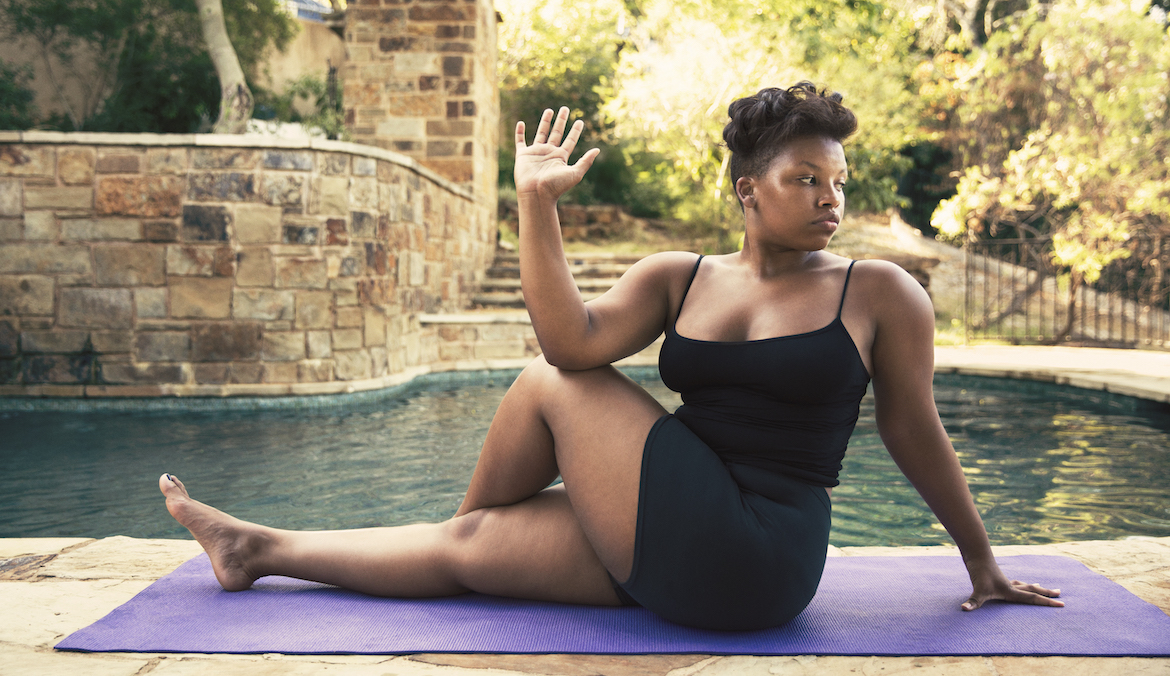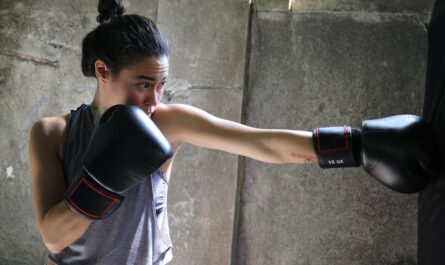φάor most of the day, most of us are sitting at a desk or in a car. Even when we are on the move, our actions are likely to be repetitive (say, walking slowly from the parking lot or washing dishes). This pattern in everyday behavior can create extremely tight muscles. And if we do nothing to relax them, over time, our bodies will become less agile.
Here comes the stretch to reduce tension and stay agile. “When you do stretching, you can focus on the movements and feel your body relax and unwind,” says Kenny Cruz, a certified personal trainer with Blink Fitness. “More specifically, stretching increases blood flow and flexibility.”
But not all stretches are created equal. Some are very easy to overdo, leading to injury. Others are simply not very effective. See how you can make sure that the time you spend on flexibility is used properly with safe and effective moves.
First things first: Learn when to do dynamic or static stretching
Before a workout, you want to focus on dynamic stretching to get your body moving so that it is well equipped to cope with a more rigorous workout and intensity level shortly after. Consider, for example, walking and cribs.
“The difference between dynamic and static stretching is that dynamic stretching is done in continuous motion while static stretching is done in a fixed position,” says Cruz.
Although you should not do static stretching before training – as cold muscles are more likely to rupture and static stretching could temporarily weaken them – taking time for it afterwards is also a great way to increase range of motion and your flexibility. to relieve tension in these tight, aching and stiff muscles.
According to Cruz, stretching from the heel to the buttocks (targeting the quadriceps and hip flexors) is a great example that can be either dynamic or static in shape, depending on how it is done.
For a dynamic approach, follow Cruz’s advice:
- Stand with your legs open at hip width and tighten your core for balance. (Hold on to a wall if you need extra stability.)
- Bring your heel to the buttocks, grasp the foot and approach the heel, then release the foot and return to an upright position. “Do not keep your foot on your buttocks, but try to do this exercise with one movement without pausing,” he says.
- Repeat 10 to 20 times in total.
The difference in the static approach is that you hold the position for 15 to 30 seconds before repeating the stretch on the other side.
Some stretches are better than others
Whether dynamic or static, not all stretches are equally effective in promoting greater flexibility. And many are easily too far away — you can strain your muscles, causing injury. Get rid of these four stops and change Cruz’s recommendations for more beneficial stretches, to maximize your efforts and results.
1. Sit down and arrive
“One of the worst stretches, in my opinion, is sit-and-reach, where you sit with your feet straight in front of you and reach to touch your toes and then hold it to stretch your thighs and lower back. part of the back. “, Says Cruz. This position can strain your lower back and knees. it is common to go too far and get injured. In addition, it is not extremely effective in increasing flexibility.
Instead, Cruz recommends releasing your lower back with a seated twist of your spine: Start sitting on the floor, with your legs straight in front of you. Take your left foot and place it on the ground and outside your right knee. “Place your right elbow on the outside of your left foot, turn your chest, head and eyes to the left and hold the posture for about a minute before releasing the elbow and repeat on the other side,” says Cruz.
2. Stretching the thigh with straight legs
Instead of stepping on the ground with your legs straight to stretch your thighs – which can put more strain on your muscles – try walking with knee braces. “It’s a good warm-up for your legs,” Cruz says, especially before training, as they offer the benefits of a dynamic stretch.
Start by standing with your feet together and lift one leg by bending the knee. Grasp it with both hands and pull it up towards your chest until you feel a stretch in your buttocks, he says. Lower your foot to walk forward and then alternate between your legs with each step, repeating this movement for 30 seconds.
“This will improve hip mobility and increase flexibility in the glutes and femurs,” he says.
3. Assisted stretching of the pelvis
A common arm and shoulder opening tool is the leg assist: To do this, hold your hands behind your back as you grab a barbell or pole or have your partner pull your arms back to give you that extra push. “If you do it wrong, you can put too much pressure on your shoulder and it can lead to injury,” Cruz said.
This stretch should be done by someone who understands the mobility of the body joints and is professionally trained to provide support (not just your friend at the gym).
If you do not have access to a specialist, do arm circles as a dynamic stretch for the shoulders and arm muscles. “To perform the arm circle correctly, stand up straight and keep your feet shoulder-width apart and then keep your arms sideways at shoulder height to begin to move your arms forward in a circular motion, until “find a rhythm,” he says. Cruise.
An advice? Start with small circles and increase slowly, making the larger ones in range, so that you can fully maximize the stretch without overdoing it. Aim for 30 seconds.
4. Stretches with obstacles
Obstacle stretching – where you are on the ground with one leg straight in front of you and the other bent behind you – puts a lot of pressure on the knee, Cruz says.
“I prefer the 90-90 stretch, where you start from the ground (preferably on a yoga mat for comfort) and place one foot forward with the knee and your lower leg resting on the ground at a 90-degree angle,” he says. Cruz. “Then place your other leg 90 degrees outward and with your knee and lower leg at a 90 degree angle behind you as you focus on keeping your back straight.”
Hold the position for 30 seconds per side, twice in total, to relax the hip muscles. “Which for many people is one of their closest areas,” he says. “The 90-90 stretch focuses on enhancing flexibility in the flexors, adductor and hip abductors, as well as the muscles of the humerus and anus.
If the full 90-90 position is very difficult, start by simply doing the front leg stretch and letting your other leg rest comfortably, Cruz says. Or use a yoga block to reduce the pressure on your hind leg and practice until you reach the point where you no longer need any extra help.
Oh Hello! You look like someone who loves free workouts, discounts on modern wellness brands and exclusive Well + Good content. Subscribe to Well +our online wellness community and unlock your rewards right away.




